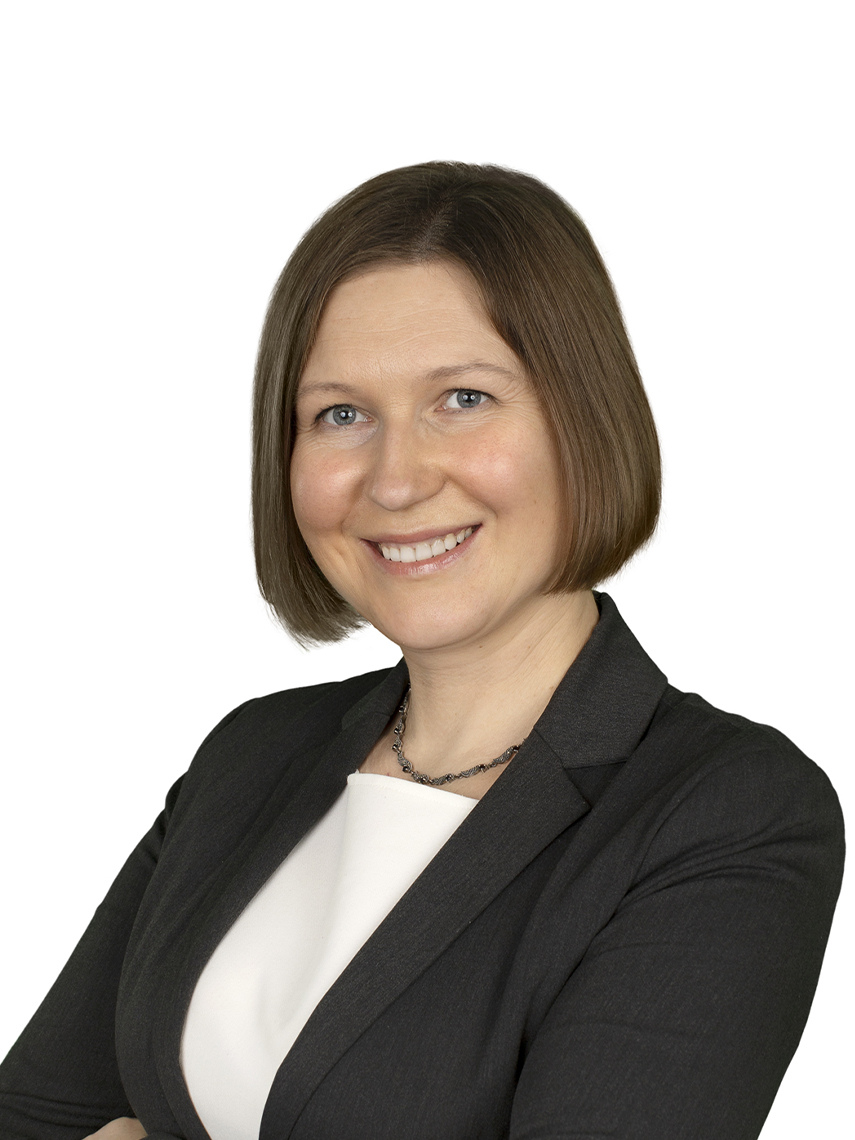 ORCiD iD: 0000-0001-5746-5077
ORCiD iD: 0000-0001-5746-5077
Mob. +370 620 84643
E-mail: vita.tilvikiene@lammc.lt
Instituto al. 1, Akademija, LT-58344 Kėdainiai dist., Lithuania
Education
2007–2011 PhD studies, Lithuanian Research Centre for Agriculture and Forestry.
2005–2007 Master’s degree in Mechanical engineering, Faculty of Agricultural Engineering, University of Agriculture (since 2019 Vytautas Magnus University Agriculture Academy).
2001–2005 Bachelor‘s degree in Mechanical engineering, Faculty of Agricultural Engineering, University of Agriculture.
Academic degrees and pedagogical titles
2011 Doctor in Agricultural sciences, Agronomy, disseration title “Management of tall fescue, cocksfoot and reed canary grass swards for biogas, biomass quality and energy value”.
Position
Since 2021 Chief Researcher, Institute of Agriculture, LAMMC.
Since January 2021 Deputy Director for Research, LAMMC.
Memberships and affiliations with professional organizations
- Since 2020 Member of Association for the Advancement of Industrial Crops.
- Since 2020 Member of EIP-AGRI focus group “Sustainable Industrial Crops in Europe”.
- Since 2019 Member of the working group “Sustainable Agriculture” of the EU technological platform “Plants for the future”.
- Since 2019 Member of the European Plant Science Organization, EPSO.
Participation in programmes and projects
International
National
-
2020–2021 National Science Program “Sustainability of agro-, forest- and aquatic ecosystems, project “Management of greenhouse gas emissions by changing nitrogen flows in the agro-system”, leader.
-
2020–2022 Project funded by the Ministry of Agriculture of the Republic of Lithuania “Evaluation and preparation of fibre hemp products as organic carbon accumulators in long-term products and soil for their application according to IPCC methodology in GHG inventory”, leader at LAMMC.
-
2020 Project funded by the Ministry of Agriculture of the Republic of Lithuania “Production of alternative biomass sources (including alternative protein production sources and technologies) in primary agriculture: technological solutions, their use for bio-economy development purposes – energy, feed, food”, leader.
-
2020–2022 Project funded by the Ministry of Agriculture of the Republic of Lithuania “Evaluation of efficiency and viability of different agricultural technologies from the economic, energy and environmental point of view”, leader.
- 2017–2019 Rural development program 2014–2020 “The use of digestate for the fertilization of agricultural crops”, leader.
- 2017–2019 Rural development program 2014–2020 “The inventory of greenhouse gas emissions in crop production”, leader.
- 2014–2016 National project financed by Lithuanian Science Board „Evaluation of biomass chemical composition and convention of Artemisia dubia”.
- 2013–2015 Rural development program 2007–2013 „Cereals and other resources use for sustainable agricultural farming system“, leader from 2014.
- 2013–2015 Rural development program 2007–2013 „Innovative cup plant growing technologies enriching local protein feed and biological soil nitrogen”, leader from 2014.
- 2013–2016 European structural funds “Scientific validation of C3 and C4 herbaceous plants’ multi-functionality for innovative technologies: phyto-raw materials‘ bio-products‘ environmental effects”, participant.
- 2008–2010 National project financed by Lithuanian Science Board “Plant biomass energy value enhancement by biotechnology methods”.
Supervision of PhD studies
- 2020–2024 Scientific Supervisor of the PhD student Aušra Bakšinskaitė scientific work “The effective use of organic and organic-mineral fertilizers for the improvement of crop and soil quality and reduction GHG emissions”.
- 2020–2024 Scientific Supervisor of the PhD student Urtė Stulpinaitė scientific work “The influence of growing hemp on soil quality and effective utilization of their straw”.
- 2019–2023 Scientific Supervisor of the PhD student Muhammad Ayaz scientific work “The influence of biochar on Cambisol quality and mitigation of GHG emissions”.
- 2018–2022 Scientific Supervisor of the PhD student Renaldas Ruzgas scientific work “The impact of crop management on the qualitative and quantitative values of phytocannabinoids and other constituents of industrial hemp (Cannabis sativa L.)”.
- 2018–2022 Scientific Supervisor of the PhD student Modupe Olufemi Doyeni scientific work “The influence of digestate fertilization on the biomass productivity and quality of energy crops and on the composition of soil microorganizms”.
SCIENTIFIC PUBLICATIONS (click the link here)
 ORCiD iD: 0000-0001-5746-5077
ORCiD iD: 0000-0001-5746-5077